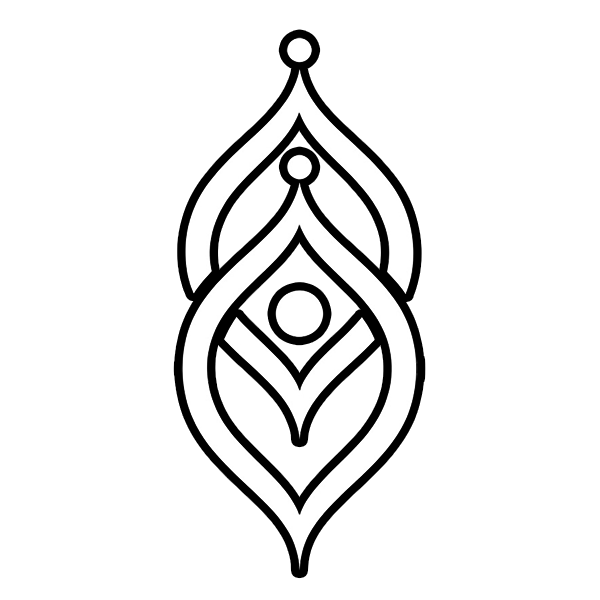Sound Healing: Where Science Meets Spirit
In a world split between logic and intuition, between evidence and experience, many of us long for something deeper — something that can hold both.
Sound healing offers that bridge.
It’s not just a mystical ritual from the past, nor just a new-age trend. It is a timeless practice that is both vibrational science and spiritual metaphor. A tool for the nervous system, and a language for the soul.
So how do we understand sound healing in a way that honors both science and spirit?
How can we trust what we feel — without needing to abandon reason?
Let’s explore.
🎵 The Science of Sound: A Language the Body Understands
Sound is vibration. It moves through air, water, and bone.
Your body is over 60% water — a perfect conductor of vibration.
When sound enters the body, it affects you on multiple levels:
1. Nervous System Regulation
Certain frequencies, especially slow and rhythmic tones, calm the autonomic nervous system. Instruments like gongs, singing bowls, and human voices can stimulate the vagus nerve, lowering heart rate and cortisol levels. This shifts the body into rest-and-digest mode, supporting healing and emotional release.
2. Brainwave Entrainment
Sound healing often uses steady rhythms or drones that help the brain shift into different states:
- Alpha waves for relaxation
- Theta waves for deep meditation or insight
- Delta waves for sleep and regeneration
This is not magic — it’s neurobiology. Just as your body adjusts to the rhythm of a lullaby, it entrains to healing frequencies.
3. Tension Release & Coherence
The body holds trauma, tension, and emotion in the fascia, muscles, and breath. When sound enters, especially with breath or movement, it loosens what is stuck. Many people cry, tremble, or feel spacious — not because they’re imagining it, but because their body is unwinding.
🔮 The Spiritual Side: Symbols That Speak to the Soul
Not everything can be measured — and not everything needs to be.
Spiritual traditions work in symbols, archetypes, and felt experiences. These are not “false” — they are different languages of knowing.
Think of the chakra system, for example. It’s not a literal anatomical structure. But it gives us a map of emotional and energetic patterns — grounding (root), intimacy (sacral), identity (solar plexus), love (heart), expression (throat), intuition (third eye), and transcendence (crown).
We may not measure chakras on an MRI, but we can feel them:
- A tight throat when we suppress truth
- A heavy chest when grieving
- A cold belly when disconnected from desire
Spiritual language like “blocked energy” or “opening the heart chakra” is symbolic, but it often matches real physical and emotional experience.
And that’s what matters.
🧘 Why Both Matter: The Intelligence of Integration
Sound healing works best when we stop needing to “prove” everything and start trusting the direct experience.
- Science gives us understanding.
- Spirituality gives us meaning.
You can believe in vibration and trauma physiology and also light a candle or sing a mantra because it connects you to your ancestors, your soul, or the mystery.
They’re not in conflict — they’re complementary.
When someone feels a deep emotional release from a tone, it doesn’t matter whether we explain it as “vagal nerve stimulation” or “heart chakra opening.”
What matters is that something shifted.
Something opened.
Something healed.
✨ Final Words: What You Feel Is Real
You don’t have to choose between being spiritual and being intelligent.
You don’t have to choose between science and mystery.
Sound — in its purest form — is the meeting point.
It travels through your cells and your stories.
It calms your nervous system and stirs your soul.
It reminds you that healing is not just a theory — it is a living, vibrating experience.
So when you lie down in a sound bath, or hum gently to yourself, or play an ancient drum under the moon — know this:
You are not pretending.
You are not escaping reality.
You are tuning into a deeper one.
